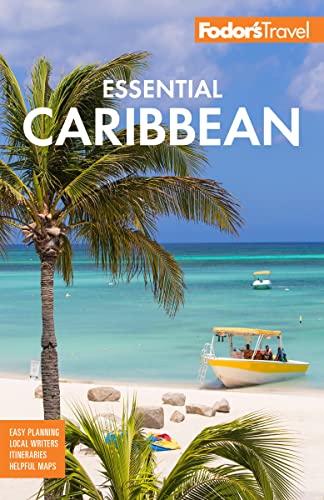Cuba Today
So near and yet so far. In spite of Cuba’s proximity to the United States, its distance has been unbridgeable for Americans for half a century. However, the chill of the Cold War, which spurred U.S. economic sanctions and travel bans that have been in place since 1961, finally began to thaw on December 17, 2014, when President Obama announced an historic accord between the two nations. As U.S.-Cuba relations develop, many American travelers eager to experience what they’ve been missing—sizzling salsa, sugar-sand beaches, world-class cigars, and rum—are increasingly adding Cuba to their list of must-see destinations.
Vintage Appeal
The very sanctions meant to punish Fidel Castro’s socialist government have only added to the island’s appeal for many travelers. Five decades of U.S. trade embargo have had the effect of preserving Cuba much as it was in the 1960s. Classic tail-finned Fairlanes and chrome-laden Cadillacs that would occupy museum space anywhere else in the world are lovingly maintained and used to taxi travelers to an evening of jazz in Havana. Neglected Spanish colonial buildings surround centuries-old plazas, revealing hints of past splendor. And, in the Cuban countryside, ox-drawn plows till a landscape that’s been planted in tobacco for some 400 years.
Culture Lover's Paradise
The 1999 Academy Award–nominated documentary Buena Vista Social Club introduced the world to the classic sound of Cuban son. Today's visitors to Cuba can still enjoy the sounds of this traditional music, whether in packed Havana music venues or crumbling village plazas. Live, smoking-hot salsa music is commonplace at bars and street cafés throughout the country. Grab a chair, order a drink, and enjoy the show, which invariably includes an assortment of shimmying locals, both young and old. Jazz music—once dismissed as too American in style—has been embraced, mastered, and reimagined by Cuban musicians. For just a few bucks you can experience Cuban jazz at places like La Zorra y El Cuervo, one of Havana’s most famous jazz clubs.
Like their musical counterparts, Cuba's visual artists celebrate local street culture, family, and daily life. Art is everywhere—from high-end galleries in the capital city to tiny front-lawn displays. Images ranging from dancing señoritas and classic cars to abstract landscapes are depicted in acrylic paintings, paper mosaics, leather, and hand-carved wooden sculptures.
Caribbean Beaches
The Caribbean’s largest island offers plenty of places to soak up the sun. North and south of mainland Cuba, a long series of archipelagos provide important ecological barriers to the main island, dotting the turquoise waters with palm tree–fringed sanctuaries. Closest to Havana is Varadero, Cuba’s answer to Cancun, with tourist-class, beachfront hotels sprouting up from the Hicacos Peninsula. Just above Central Cuba, a spectacular 30-mile (50-km) causeway links Cayo Santa Maria and its golden strand to the mainland, spanning sparkling swathes of aquamarine water. All-inclusive resorts at Cayo Santa Maria and other nearby beach destinations like Cayo Coco and Cayo Guillermo ensure you’ll never have to leave your Caribbean paradise far behind when you head off to dinner and drinks. Along Cuba’s southern shores the Canarreos Archipelago offers a sunny paradise. Farther east, the Jardines del Reina Archipelago is preserved as a national park with deep-sea fishing and spectacular coral reefs, popular with scuba divers.
Modernizing the Island
Although Cuba has been off-limits to Americans for several decades, the island nation has not been forbidden to European and Canadian visitors or to travelers from nearby Latin America. As a result, there is a decent tourism infrastructure in Cuba: comfortable, air-conditioned hotels and restaurants; plenty of English-speaking staff; even a wide array of satellite television channels (a luxury few Cuban citizens enjoy). And although some 21st-century conveniences still lag behind much of the rest of the world—namely, reliably fast Internet service and mobile phone towers—it is a refreshing sight for screen-addled eyes to see friends and family conversing and dancing rather than staring at their smartphones.




